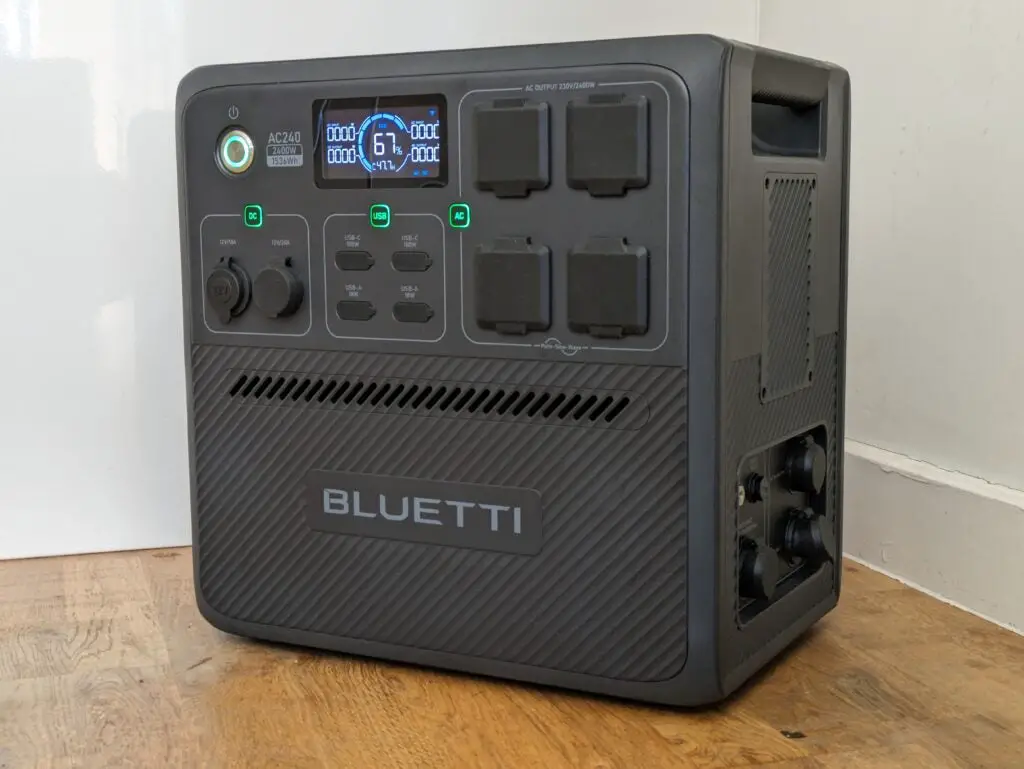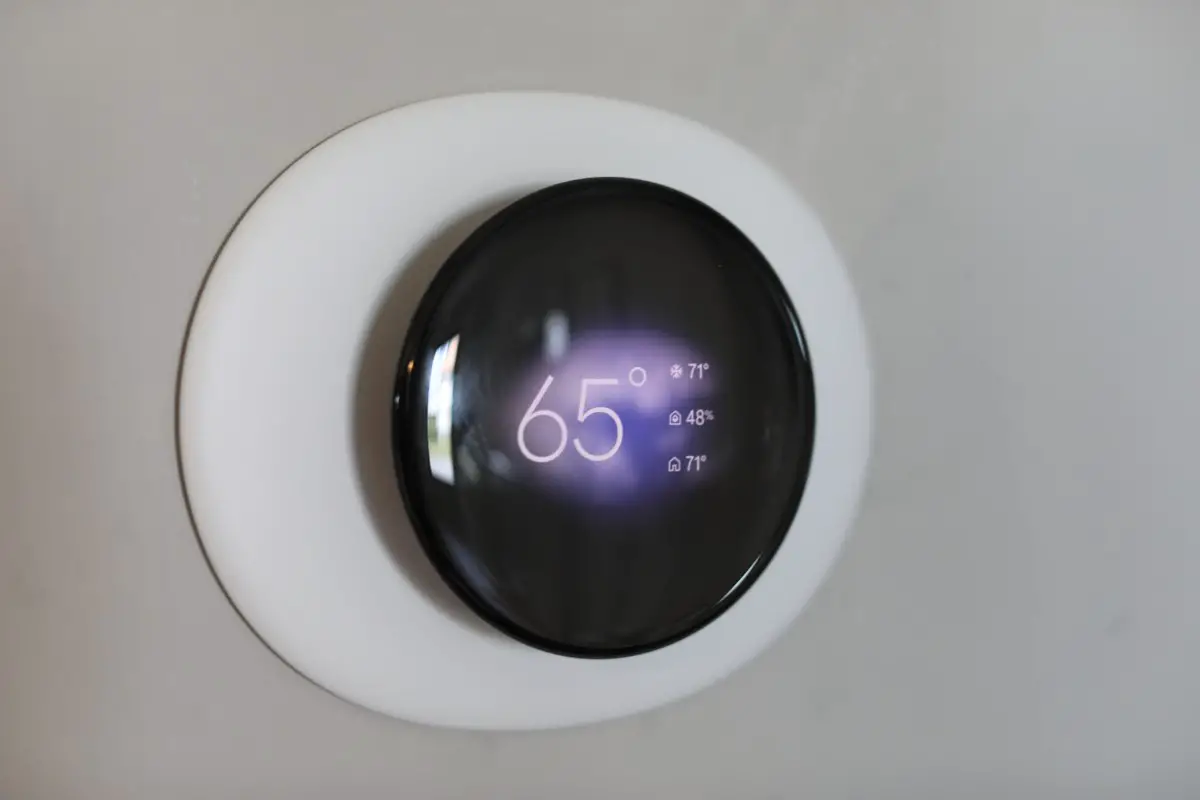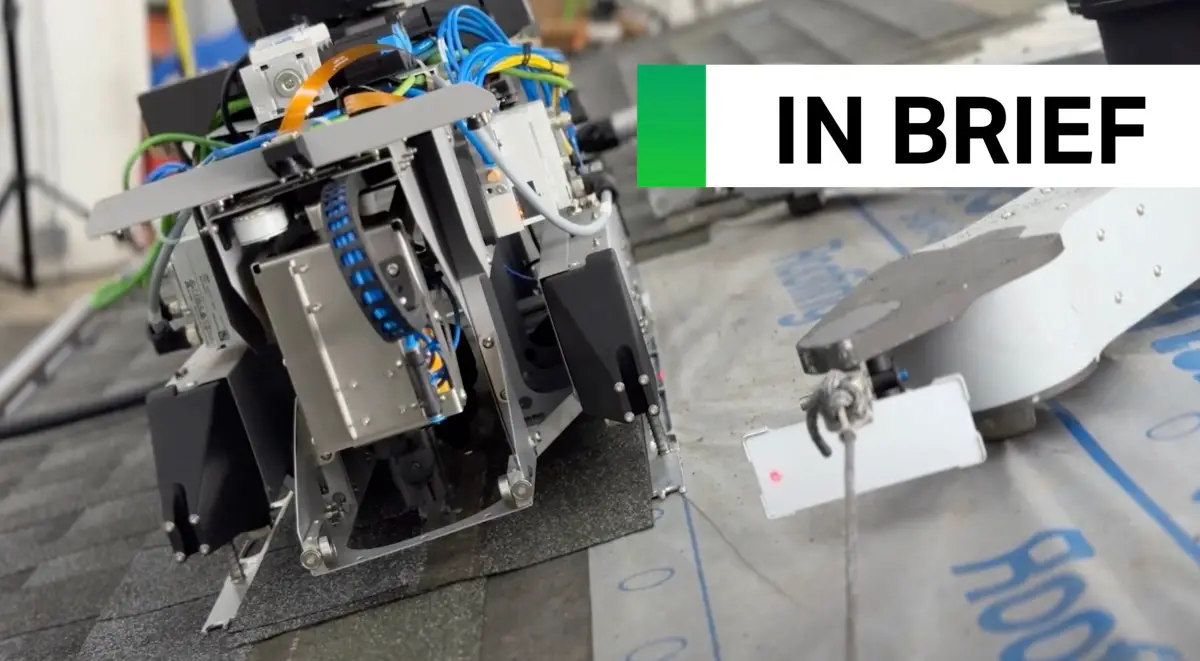Verdict
Bluetti’s AC240 is almost unique in combining go-anywhere power, with use-anytime water and dust protection. It’s a convincing mobile power station for regular campers, mobile workers or boat owners. It’s enhanced with a good range of features, and it performed well on our tests.
That said, it does have a couple of drawbacks. The first is that it’s very big, and so heavy that you’ll need a trolley to carry it any distance. The second is that it’s significantly more expensive than an equivalent product without the waterproofing. If you don’t need to take it anywhere, or you can live with less power, there are better value options.
Pros
- Water and dust-proof
- Heavy-duty power output
- Quiet, even at high loads
Key Features
- WeatherproofThis rain and dust-proof power station can store up to 1,536 watt-hours of electricity, and satisfy peak demands of 2.4 kilowatts (kW). That’s enough to run most household goods including laundry devices, but it might not last for a full wash load.
- PortsThe AC240 has four USB ports, four mains outputs and a car power port. It can charge from the mains, solar power, or both, and fill up in less than an hour.
Introduction
We’ve tested a lot of battery power stations, but Bluetti’s AC240 is the first that’s designed to withstand a wide range of outdoor conditions. It’s IP65 rated, meaning it’s safe to use around dust and even low pressure jets of water. In theory, that covers you for anything from a day on a sandy beach, to a miserable winter downpour. It should also mean it’s suitable for use in dusty work areas that would gum up the fans of lesser products.
The Bluetti AC240 is a fairly heavy-duty supply, providing up to 2400 watts of mains electricity. That’s enough to power most household gadgets or appliances, save the most powerful heaters, driers or kettles.
It can store up to 1536 watt-hours (Wh) of power, which is significant, but not quite as much as I’d usually expect in a device of this size. Bluetti says the batteries will still retain 80% of their original capacity for at least 3500 charge cycles, and it backs this up with an excellent six-year warranty.
This big power station weighs 33kg, which gives the lie to promotional shots that show it in various rugged outdoor locations, as you’d need a trolley to carry it any real distance. If you need waterproofing, but don’t need as much power, the Bluetti AC60 is smaller and more portable.
Design and Features
- Barely portable
- Plenty of ports
- Excellent weatherproofing
Water and electronics don’t mix well, especially if there are powerful batteries involved. Accordingly, it’s not surprising that this is the first power station I have tested that claims to be water resistant. Bluetti hasn’t just fitted water-tight bungs to one of its regular devices, though: it’s designed the AC240 so that its batteries and other components are isolated inside, and theoretically near-impervious to water or dust.
This level of protection comes at a cost – literally, as the AC240 is more expensive than comparable non-waterproofed power stations. And while it can store 1536Wh of electricity it’s at least as big as regular alternatives capable of storing 2000Wh, such as the Bluetti AC200L.
This power station weighs in at a hernia-inducing 33kg – more than a 2000Wh device, despite having only three-quarters of the batteries. This forces a bit of a compromise. While the AC240 is almost a go-anywhere power station, actually getting it anywhere could be an issue. It’s hard even for two people to carry it far, so you’d need a trolley for any significant trek.
With this in mind, this power station makes more sense when viewed as a flexible and highly protected power supply for damp or dusty environments like cellars, recreational vehicles, or even boats.
In this role, its peak output power is enough for a modern washing machine, dishwasher or heat-pump dryer, although its 1.5 kilowatt-hour (kWh) of stored energy isn’t enough to get through longer or hotter wash cycles. If that’s a problem, you could expand the AC240 with up to four Bluetti B210 batteries, which also have an IP65 rating. Each weighs a further 28kg, and add 2.15kWh of electrical storage.
Bluetti hasn’t skimped on this power supply’s output ports, which are all on the front panel. There are four UK plug sockets, which collectively share the maximum 2400W output. Additionally, there are two 100W USB-C ports, and two USB-A sockets rated at 18W each. To the left you’ll find a 12V/10A cigarette lighter-style car port, plus a 12V/30A RV connector.
On this power station’s right hand panel you’ll find a push-fit connector for its AC power lead, along with a DC input that supports up to 1200W from solar panels. There’s also a port for connecting another AC240 in parallel, potentially providing a system with double the output power and storage. Uniquely, this power station has a bleed valve, used to help manage pressure within its sealed internal components.
Every port is protected by a rubber bung or cover. While I’ve complained on previous Bluetti devices that the AC power bungs can obstruct power plugs, here they have an improved, thinner design that’s less of an issue.
One important limitation is that inserted plugs or connectors aren’t protected from the elements, so while the AC240 might survive a rainstorm, it seems foolhardy to actually use it when it’s wet.
One further thing to note about this – and every other Bluetti power station I’ve tested – is that every port is clearly labelled with its maximum capabilities. That’s great for usability, but also for preventing overloading, as you don’t need to repeatedly search the internet or manual for the power supply’s specifications before plugging devices in. I wish every power station had the same.
You can change most of this power station’s various settings through button presses, but it’s far easier to connect via Bluetooth or Wi-Fi and use the app. This makes it easy to adjust settings such as the charging mode, or set the consumption levels and times below which the power ports are switched off in Eco mode.
Charging
- Charge from mains, car, or the sun
- Maximum 2,400W total charging
- Full recharge in less than an hour
The Bluetti AC240 offers the usual range of charging options. Most simply, you can plug it in and charge it from the mains in Standard, Silent or Turbo modes. Oddly, Standard and Silent are both limited here to the same 800W maximum, which should see a full recharge in around two hours. It’s worth noting that the stated 3500-cycle life applies only if you stick to Silent mode, which is the most gentle on the batteries.
Switch to Turbo mode and the AC240 recharges at a breakneck 2200W, which is likely to shorten the battery lifespan if you do it particularly often. Bluetti says this mode can get you to 80% charge in 45 minutes, and in my tests a full recharge took only 56 minutes.
You can also charge the AC240 with up to 1,200W of solar power. Panels are hooked up via a supplied MC4 connector, most commonly found on permanently installed panels, but you can buy XT60 adaptors if you have portable panels that use them. This power station will charge from AC and DC sources at the same time, up to a 2,400W maximum. You can use the app to configure options such as PV Priority, which will only use mains power to maintain the minimum charge level you set. Once it hits that figure, any further charging will come from the solar panels only.
The final charging option is to use the supplied car power adaptor, which is limited to just 120W. This makes for slow charging – in this case, you’d need to drive for 13 hours before fully charged.
I measured the AC240’s performance in all three of its mains charging modes. According to my power meter, a full recharge used 1,679Wh (1.68kWh) in Silent mode, 1.69kWh in Standard, and 1.73kWh in Turbo. Assuming each charge took the batteries from fully empty to completely full, Silent mode equated to an efficiency of 91.5%.
Performance
- Stable power output with quiet fans
- Very efficient
- Useful Power Lifting mode
We test every power station across a wide range of constant power loads, checking for stability, and measuring how much power is supplied before the batteries are exhausted. In common with the other Bluetti devices I’ve tested, the AC240 had no problem with sustaining anything up to and including its maximum 2,400W load, and remained quite quiet even at full power.
The AC240 was at its most efficient when supplying a middling load. It managed to supply a maximum of 1.36kWh of electricity when providing 1000W of constant power, equating to a strong 88.5% efficiency. The output dropped a little to 1.3kWh at maximum load, an efficiency of 84.4%. The lowest AC supply I measured was 1.24kWh for a constant 200W load: an efficiency of just 80.7%.
Some power stations are more efficient when supplying DC power, but like other Bluetti examples I’ve tested the AC240 wasn’t. I connected a constant 60W load to one of its USB-C ports, and it supplied 1.14kWh before the battery was exhausted – that’s an efficiency of only 73.9%.
That said, it’s more instructive to compare the power you put in directly against the power you later take out. Using my lowest consumption figure for charging, and the highest power output I recorded, the AC240 managed a best round-trip efficiency of 81% – among the better results I’ve seen. Its best DC round-trip figure was only 67.6%, though.
The AC240 is very tolerant of short-term overloading – it can supply up to 3000W for up to two minutes. If even that isn’t enough, its Power Lifting mode limits the supplied current and voltage to let you run over-specified devices such as a kettle, but it’s not suitable for more sophisticated loads like a washing machine.
The Bluetti AC240 wasn’t quite flawless during my tests. Immediately after having its battery drained by a taxing 2kW load, its fans were still running quite hard when I switched it off. Five minutes later when I wanted to charge from the mains, the battery overheat indicator came on and the AC240 wouldn’t charge. Despite being over-temperature, the fans didn’t restart to help cool it down, and I had to wait an hour or so for it to cool.
Rated to last for 3500 charge cycles until it reaches 80% capacity, the Bluetti AC240 could store 4838.55kWh of power over this period, assuming linear degradation. That works out a cost of 37p per kWh, which is quite high; the higher capacity UGreen PowerRoam 2200 costs just 25p per kWh using the same metric.
Latest deals
Should you buy it?
You want a powerful, waterproofed power supply
This power station can withstand almost anything the environment throws at it. It’s powerful, stores a reasonable amount of electricity, and has excellent upgradeability, too.
You want a more portable power station
This is a very heavy power supply for its storage capacity. It’s also comparatively expensive.
Final Thoughts
If you need an all-weather power station with enough poke to run a dishwasher, the Bluetti AC240 is more or less your only option. It’s brilliantly engineered, seemingly impervious to water or dust, and comfortably able to sustain its rated performance. In theory that makes it great for powering a drizzly camping expedition, but its size and weight could well make this impractical unless somebody comes in an RV.
That leaves boats, drippy cellars and other damp environments. And here it’s important not to overlook that, while the AC240 might be happy in a downpour, it almost certainly wouldn’t be safe to use it. Few devices that plug into mains or USB electricity are waterproof, and even those that are might not be so while actually connected. The AC240 might run on batteries, but remember that – like other AC power stations – it’s still capable of delivering a serious or fatal electric shock.
How we test
We test every battery station we review thoroughly over an extended period of time. We use standard tests to compare features properly. We’ll always tell you what we find. We never, ever, accept money to review a product.
Find out more about how we test in our ethics policy.
We test with a variety of devices to see how long the battery will last.
We test different charging methods to see how quickly the battery can be topped up.
You might like…
FAQs
Is Bluetti as good as Jackery?
In our opinion, yes. We’ve tested plenty of battery power supplies from both brands, and are yet to award any of them less than 7/10.
How many years will a Bluetti last?
Like most modern battery power stations, Bluetti products use lithium iron phosphate (LFP) batteries. These can usually handle at least 3,000 full charge cycles before their overall capacity drops to 80%. In the AC240’s case it’s 3,500 cycles. Even if you fully charge and drain it every day for more than nine years, it should still be able to store 80% of its stated capacity.
If that’s not reassuring enough, the AC240 comes with a six-year warranty.
Full specs
UK RRP
USA RRP
EU RRP
CA RRP
AUD RRP
Quiet Mark Accredited
Battery
Size (Dimensions)
Weight
ASIN
Release Date
First Reviewed Date
Model Number
Battery type
Battery technology
Battery size
Bluetti AC240
£1699
Unavailable
Unavailable
CA$2499
Unavailable
No
1536 Whr
420 x 294 x 410 MM
33 KG
B0CCDP7LNB
2024
27/06/2024
AC240
Rechargeable
Lithium-ion
AA










